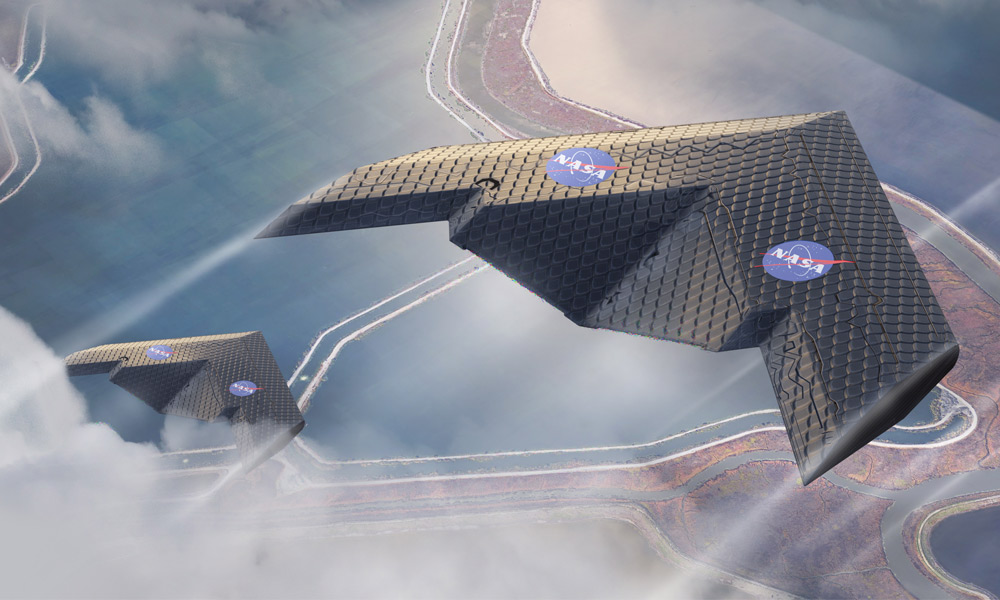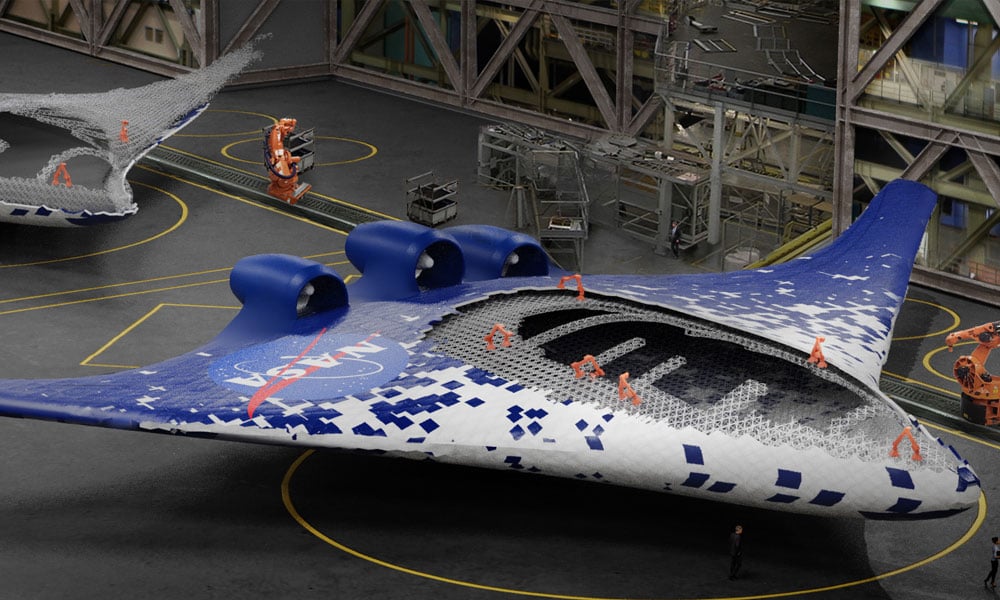Think of how a conventional airplane is shaped and how it flies, then throw all that out the aircraft canopy. A team of engineers from MIT and NASA have just created (and tested) a new type of wing that’s anything but conventional since it uses hundreds of tiny pieces that can alter the shape of the plane with depending on need. Instead of ailerons to control a plane’s pitch and roll, the morphing system can alter the shape of the whole wing or parts of it using both rigid and flexible components. The multiple parts combine to form a lightweight lattice framework and then get covered with thin polymer. Think of thousands of tiny triangles and mini-struts, all interconnected in a structure that’s lightweight due to mostly empty space with both highly flexible and very rigid properties all at once. The end result is a plane wing that’s more efficient and also excels at everything because the shape conforms to the need. The prospect for the wing’s use are myriad and could make airplanes as we know them a thing of the past. Next, maybe the team could work on a new kind of airplane food.
More Travel

London Doesn’t Have to Be Lavish to Travel Well
Your smart, stylish, and affordable guide to visiting the UK capital.

The Charm of Canandaigua, New York
The perfect friend trip for 2026.

Low-Season Destinations to Visit in the Fall and Winter
Avoid the crowds. Travel on the low.


